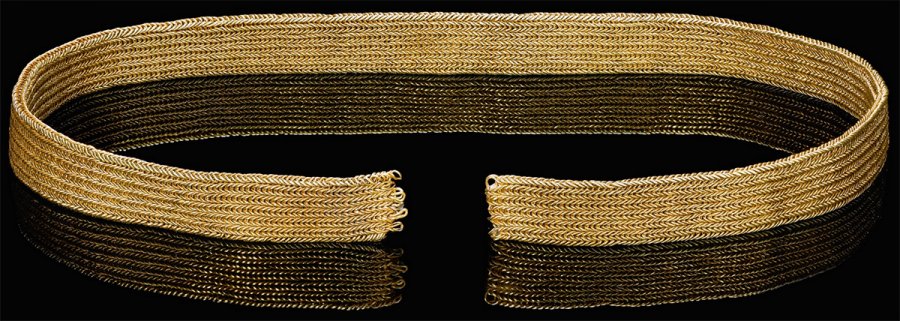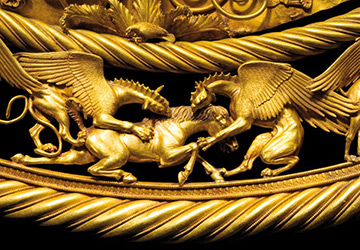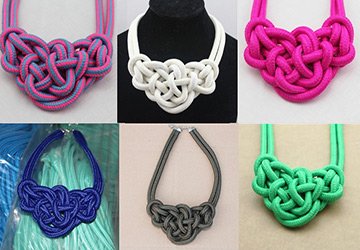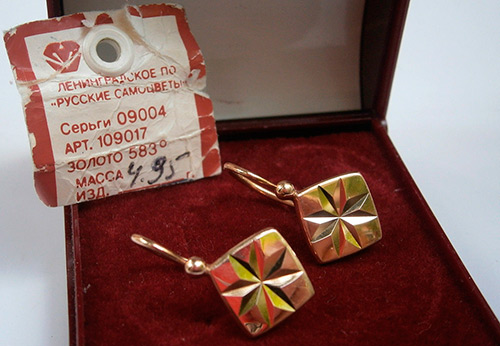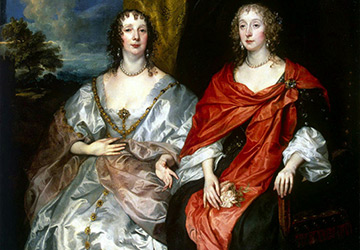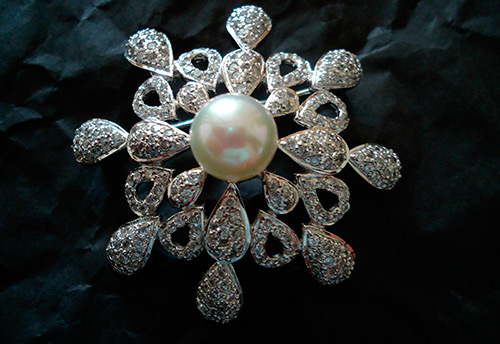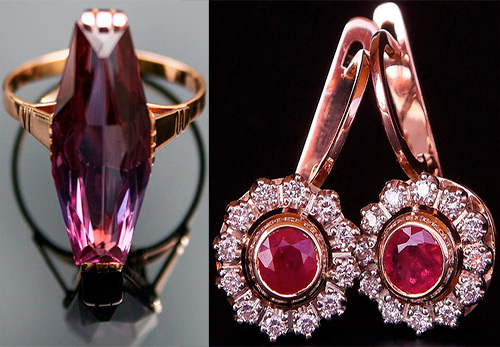Jewelry
Gold of Attila - King of the Huns
At Sotheby's auction are exhibited gold jewelry Huns. It is impossible to say unequivocally that this necklace with garnets more than 1500 years old belonged personally to the great king of the Huns Attila, but their belonging to the Huns has been proven very accurately. It is possible that these jewelry belonged to some kind of Hun leader.
Gold of the Huns is very rare; not so many decorations of this people have survived to this day. Three burials of the Huns with decorations and various artifacts were discovered on the territory of Russia, but most of the decorations have significant damage and loss.
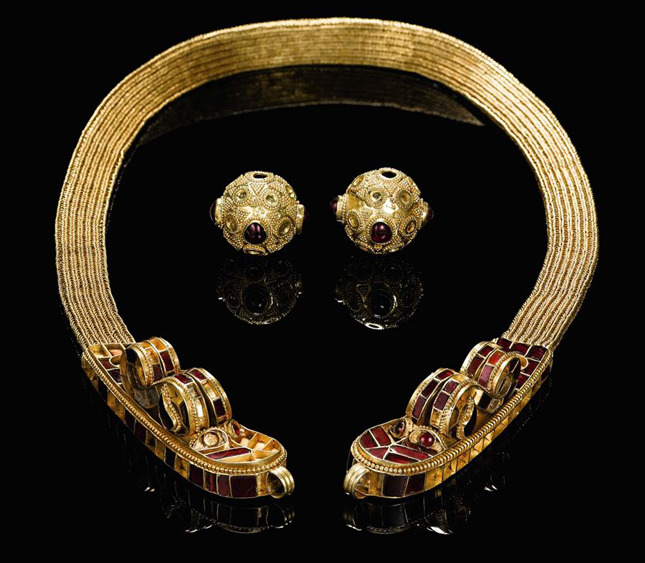
The necklace exhibited at Sotheby's, despite its age of one and a half thousand years, is well preserved. It is difficult to imagine what path these decorations went through, how many hands they went through, and whom they decorated.
In the 19th century, the necklace became known to archaeologists as part of the collection of a noble Kazakhstani family. Jewelry went through many examinations in order to make sure of their authenticity, and now the treasures of the Huns are exhibited at Sotheby's, where anyone can buy them - the main thing is that there is money.
These jewelry are of great cultural and historical value, but the auction did not value them high, apparently due to the fact that the art of barbarians cannot be expensive. The starting price for Attila's gold is very modest - 200-300 thousand pounds, although it may rise in the course of trading.
This fact once again shows the imbalance of values, when real rarity and antiquity made of gold, 1500 years old, can cost less than dubious paintings by living artists!
If I had the opportunity to buy these jewelry, sometime later one of the Russian museums would receive them as a gift, because in any case, you cannot take gold with you to another world.
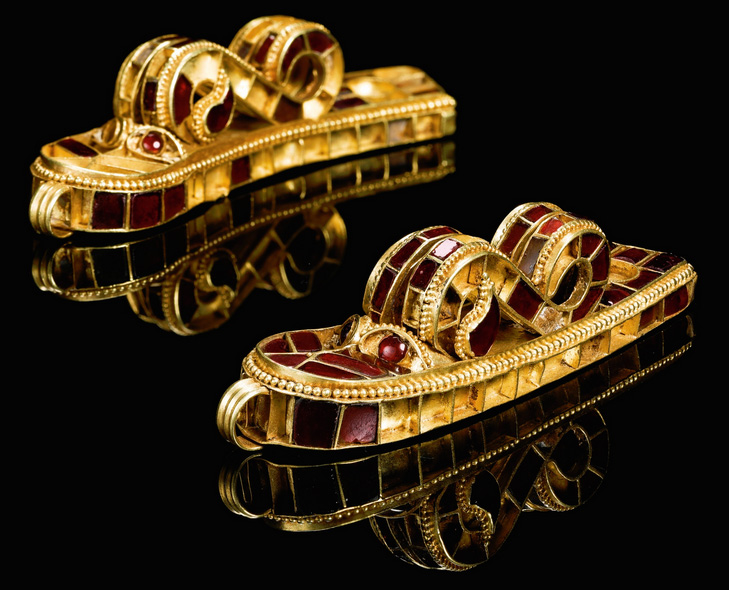
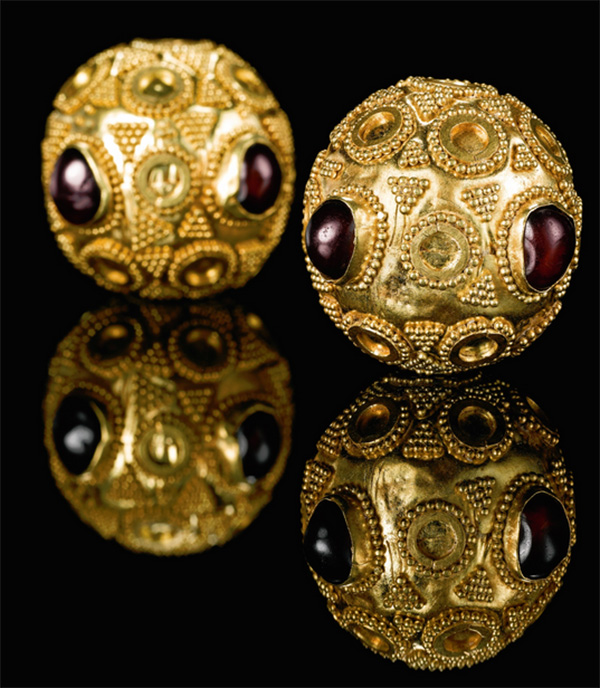
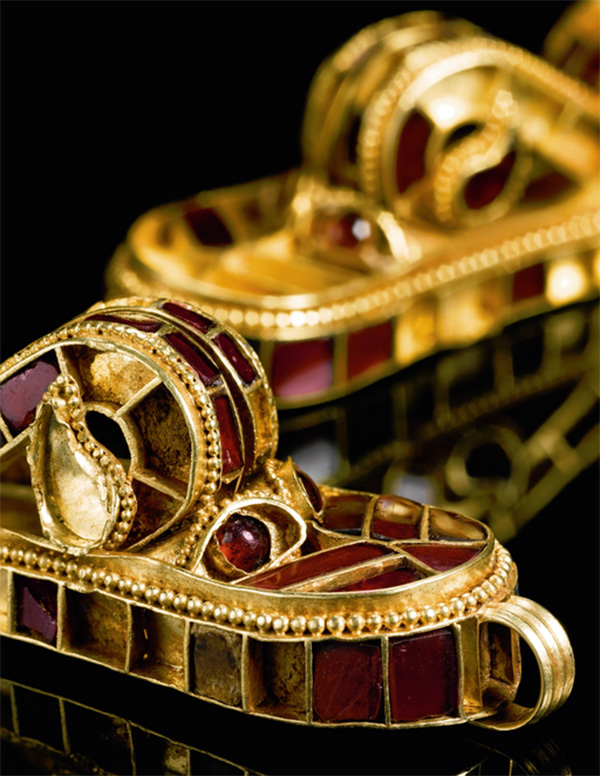
Comments and Reviews
Add a comment
Rating news
Shades of clothing that make women look younger
What shades of hair make women younger: rules and photos
Funny wedding dresses - photos and ideas
12 most expensive down jackets for the winter
How to look 25 at 40: tips from supermodels
Beautiful schoolgirls
Anti-aging haircuts and hairstyles for women
Fashionable skirts for autumn and winter
Fashionable women's trousers for the cold season
Fashionable and stylish sandals for summer 2024
Spring-summer 2024
 Fashionable dresses and tops with thin spaghetti straps
Fashionable dresses and tops with thin spaghetti straps
 Bandana tops: how to wear stylishly and beautifully
Bandana tops: how to wear stylishly and beautifully
 How to put together the perfect men's wardrobe for the summer
How to put together the perfect men's wardrobe for the summer
 Fashionable shorts for spring-summer 2024
Fashionable shorts for spring-summer 2024
 Fashionable skirts for spring-summer 2024: a guide to online shopping
Fashionable skirts for spring-summer 2024: a guide to online shopping
 The most fashionable dresses spring-summer 2024: styles and colors
The most fashionable dresses spring-summer 2024: styles and colors
 Fashionable total look 2024: ideas of images and trends
Fashionable total look 2024: ideas of images and trends
